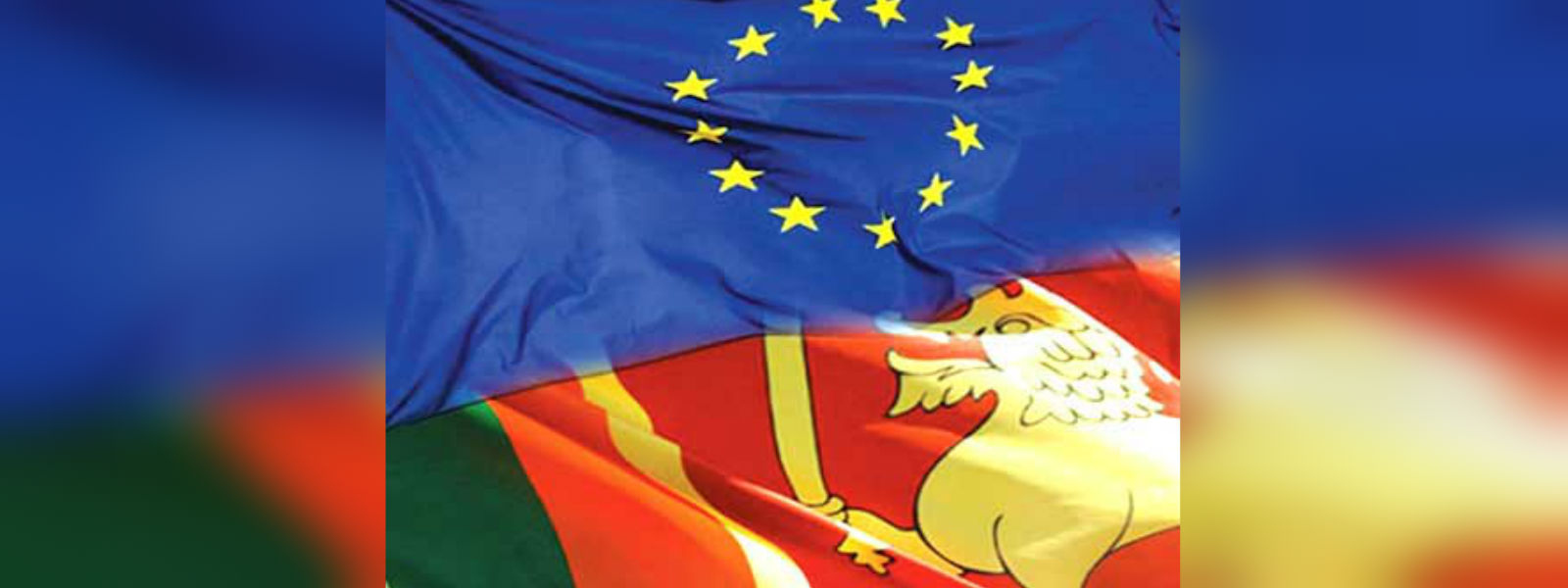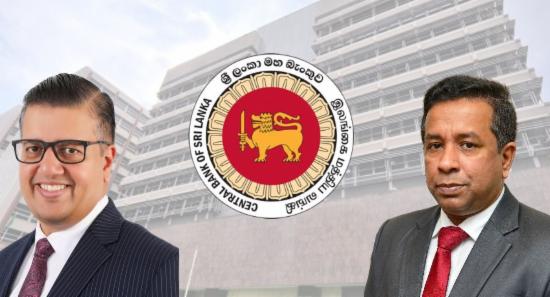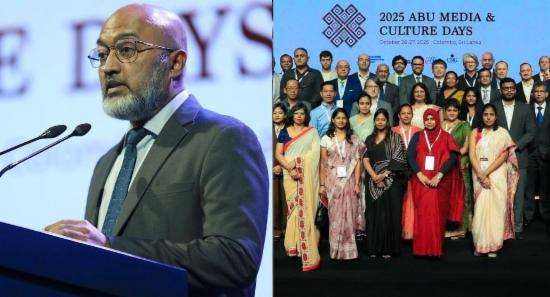.webp)

Export community preps for GSP graduation
Colombo (News 1st): With three more years to graduate from GSP concessions, the local export industry is preparing to embrace the changes.
As of 2018, the EU was Sri Lanka's largest export market. 58% of Sri Lanka's total exports benefited from some form of access due to GSP+ concessions. With three more years to graduate from GSP concessions, Sri Lanka's export industry is concerned, as to how the industry will cope up with the changes. But what they are equally concerned about is how to make the maximum of the GSP concession, in the next three years.
Speaking to News 1st, the director-general of the department of commerce pointed out, that certain export sectors fail to utilize 100% of its entitlement, due to its inability to meet the rule of origin criteria, specified under EU trade laws.
Acting Director-General of Commerce Nimal Karunathilake said; "If you look at the apparel sector, utilization is only about 48%. The overall ratio for all exports is only about 55 percent. In order to overcome this, we have made a submission, with Indonesia in 2018. We are pending an answer. The fish sector is actually a sector that suffered quite a lot. Two reasons, there was a ban, with regard to the IOU fishing band introduced by the EU. We had to work with them and we managed to get it lifted. GSP was also not given to us. So the seafood sector will have some impact."The Apparel sector is one of the main beneficiaries of GSP and makes up for 60% of total exports to the European Union. Now apparel exporters stress that Sri Lanka must move towards a knowledge-based manufacturing system, which will sustain industry performance and attract foreign direct investment to the country. However, they claim Sri Lanka's export climate is not very encouraging.
Other Articles
Featured News





.png )
-819462_550x300.jpg)
-819380_550x300.jpg)










-812087_550x300.jpg)
-810262_550x300.jpg)
















.gif)